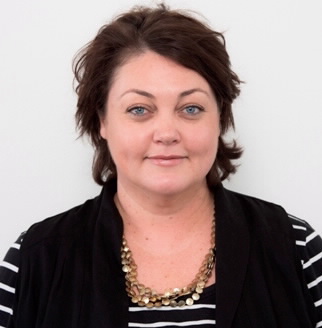 |
| Jo Gates |
Pink Ribbon Day is an occasion to raise awareness about breast and gynecological cancers – to support those who are fighting the battle and educate those who may not be aware of the signs.
According to the Cancer Council, every day 50 Australian women are diagnosed with breast or a gynecological cancer. An early, accurate diagnosis gives the best chance of a good health outcome.
It will be especially poignant for Jo Gates, 41, of Caringbah. Jo not only beat breast cancer just two years ago, she went to work at The Australian Nuclear Science and Technology Organisation (ANSTO), which played a role in saving her life.
ANSTO produces 85 per cent of the nuclear medicine used in 250 hospitals and medical centres across the country. Around 10,000 doses of nuclear medicine are produced each week.
It was a dose of one of these medicines, molybdenum-99 (Mo-99), which in hospitals and medical practices becomes technetium-99m (Tc-99m), that was used in Jo’s original diagnosis.
“I was only 39 at the time of my breast cancer diagnosis, so it came as quite a shock to say the least,” Jo said.
“Because I was relatively young and had no risk factors or history of the disease in my family, it was decided I would need quite aggressive treatment.
“After my nuclear medicine diagnosis, I was progressed to a combination of both chemotherapy and radiotherapy treatments.”
Now, two years after her initial diagnosis, Jo is happily in remission, living in Caringbah and working as ANSTO’s Internal Communications Officer.
“It’s quite ironic that I now find myself working at ANSTO and promoting an understanding of the nuclear medicines which helps save so many lives, including my own,” Jo said.
“This all said, while nuclear medicines are make a huge difference in diagnosis and treatment, I can’t stress how important it is that all women be aware of their bodies and get regular check- ups.”
Technetium 99m is primarily used for diagnosis of cancers and heart conditions, and it is also used in relation to bone oncology, neurology, and kidney and gastrointestinal tract disorders.
World demand for nuclear medicine is growing as more countries develop modern medical systems. It is estimated that Mo-99 is used in 45 million procedures worldwide every year.
If you’ve ever had a nuclear medicine scan in Australia, the chances are your procedure used nuclear medicine produced from the OPAL research reactor.
ANSTO would like to thank Jo for volunteering her story.


